The Importance of Cleaning Your Bird Feeders and Your Bird Tables
With lots of birds visiting your feeders and bird table on a daily basis, it is essential to keep your feeding equipment clean to avoid the risk of infection. After all, with birds being in such close contact around the feeders, if one is carrying an infection it can soon spread.
Also, let’s be honest, birds are wild creatures and feeding isn’t the only thing they will be doing in your garden and near your feeders. Bird droppings can carry a number of infectious diseases and although this isn’t so much of a problem if they land on your lawn or garden, any build up on your bird table or feeder can create real problems for the birds in your garden.
Common Bird Diseases Spread by
Unhygienic Feeding Equipment
There are more than 60 diseases that can affect the birds in your garden, that can be spread by unhygienic feeders and bird tables. However, many are mild and infected birds will make a full recovery. Others are fatal, however, and need to be avoided if the birds in your garden are to remain safe. The main ones that fall into this category include:
- Salmonella
- Trichomoniasis
- Aspergillosis
- Avian Pox
Salmonella
Salmonella is a bacterial infection that infects the intestinal tract of birds, animals and people. It is spread by accidentally ingesting the salmonella bacteria in contaminated food or water, or by exposure to contaminated equipment such as feeders and bird tables.
In birds, it causes inflammation of the of the oesophagus and crop tissues making it difficult for them to eat and drink. In severe cases, this leads to starvation or dehydration which ultimately can prove fatal.
Trichomoniasis
Although often regarded more of a condition of pigeons and doves, trichomoniasis does affect garden birds and is thought to be responsible for the decline in Greenfinch population in Britain.
It is a disease of the throat and gullet area and birds that contract it show signs of general illness such as fluffing up their plumage and lethargy. It also causes difficulty when swallowing and laboured breathing. Some birds may regurgitate food they cannot swallow, and a general swelling in the neck area might appear. Like salmonella, the condition can lead to starvation and if not treated, can be fatal.
It is spread via ingesting food or water that contains the parasite, such as food regurgitated by an infected bird which is then eaten by another.
Aspergillosis
Aspergillosis is a fungal infection that causes respiratory disease in wild and pet birds. It is caused by inhaling the spores of the fungi in the Aspergillus group.
The disease has a chronic form and an acute form. Birds with the acute form will exhibit lethargy, dehydration, loss of appetite and diarrhoea, before passing away due to respiratory problems.
Some birds contract the chronic form of the disorder, which has the same symptoms, but the progression of the condition is much slower. Those suffering with the chronic form may also show signs of neurological disease.
Because this condition is so serious, we take every precaution we can to guard against it. We source the cleanest and highest quality ingredients we can find, and all of our monkey nuts and peanuts are tested for Aspergillus spores before they come into the factory.
Avian Pox
Avian pox is one of the oldest bird diseases known to man. It is spread by the poxvirus and can affect just about any type of bird, wild and captive.
It is transmitted by mites or fleas that have bitten an infected bird, then go on to bite another bird. However, it can also be transmitted via direct contact with infected birds, and via contamination on surfaces such as bird feeders or tables.
Symptoms of the disorder include wart-like growths on the un-feathered parts of the skin such as legs, feet, eyelids, base of the beak, and the comb and wattles. Often, however, these can be mild and the bird will make a full recovery.
However, in more severe cases develop necrotic, yellow-white, lesions form in the mouth and upper respiratory tract – the so-called wet form of the disease – which leads to an inability to eat and breathing difficulties. Sadly, this form of the condition is almost always fatal.
The Importance of Hygiene
As the birds in your garden are wild, it isn’t possible to gather them up and take them to the vet if they start showing symptoms of disease! So, the best way of protecting them from these potentially fatal conditions is to clean your bird feeders and tables on a regular basis.
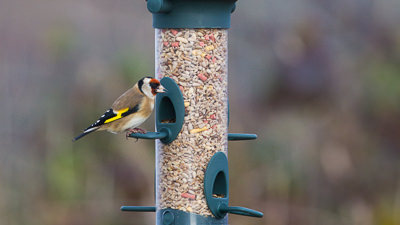
As a guide, we advise you clean your feeders and bird tables a minimum of once or twice a month, however, this should be increased in the summer months when pathogen activity is higher, or if there is a sudden increase in the number of birds visiting your garden.
Also, be on the lookout for a build-up of bird droppings all the time. If you spot a sudden build-up on your feeders or table, clear it up quickly as faeces is one of the biggest carriers of disease.
Using Disinfectant
It is very important you do all you can to kill the bacteria, viruses and fungi spores that cause fatal disease in birds.
Unscented washing up liquid can be used to clean feeders and tables, and there are numerous environmentally friendly brands on the market. However, for total peace of mind, choose a non-toxic, bird friendly cleaning solution, preferably one that is approved by DEFRA and that kills avian influenza too. There is plenty of information on the internet if you want to find out more about them.
How to Clean Hanging Feeders
So, we know why it is important to clean and we know what to use. But what is the most effective way of doing it? Here is a quick step-by-step guide.
Step one: Gather together the things you need, such as rubber gloves, a brush and cloth for cleaning, warm soapy water containing a bird-safe disinfectant, and some clear water to rinse your feeders in, and paper towels to dry your feeder with.
Step two: Empty your feeders of all old food, and if you have the type you can take apart, disassemble them now.
Step three: If there is any old food stuck to your feeders, especially food that is wet due to rain, you can try soaking the feeders in soapy water before cleaning them, to loosen the old food.
Step four: Using the brush and cloth, give your feeders and thorough clean, ensuring you get into every corner and remove all dust, old food, faeces, dirt and anything else that shouldn’t be there.
Step five: Rinse the feeders in clean water, removing all traces of soap and disinfectant.
Step six: Thoroughly dry your feeders with the paper towels. If your feeders are disassembled, dry the individual parts before putting it back together as this will ensure a better result. This is particularly important as it prevents new food getting wet and going rancid, which can then harbour disease-causing bacteria. If you really want to ensure your feeders are totally dry, bring them inside and leave them in a warm place for an hour or two.
Step seven: Top your feeders up with fresh food and hang them back out for all your garden visitors to enjoy!
How to Clean Bird Tables
Most bird tables are made from wood which is porous, so without regular cleaning excrement and old food will soak into the surface and create a haven for bacteria and disease.
So, if you feed from a bird table or ground feeder, having high standards of hygiene is essential for the health of your garden visitors.
The first thing to do is ensure you only put out enough food for that day.
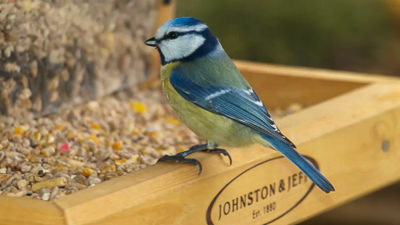
If you’re not sure how much this is, experiment. Put out what you think is right, then, if they get through it very quickly you know it is not enough, so adjust up. If there is food left at the end of the day, it is too much, so adjust down. By doing this, you’ll soon get to the right amount.
When cleaning, first use a dustpan and brush to remove any left-over seeds or feeds, and then use an approved disinfectant to wipe down the table and get rid of any excrement. Once you’ve done this, wipe with a clean cloth to get rid of any chemical residues, then leave to dry before adding extra feed.
If you see a build-up of excrement on your table when out in your garden, due to an influx of visitors, don’t wait until you’re next due to clean, clear this up as soon as you see it to stop a build-up of bacteria.
By following these simple instructions, you’ll help protect your garden visitors against a range of nasty avian diseases. In turn, they will repay you by bringing the glory of the natural world to you home and giving you endless hours of joy.
Our Recent Posts Giving Advice and Guidance on Wild Birds
Ground Nesting Birds
Ground Nesting Birds In an earlier article, we looked at nesting behaviour in wild birds and how you could use this knowledge to encourage birds to nest in your garden. In that article we talked about birds that nest in [...]
Incredible Journeys – Bird Migration Explained
Reading Time: 11 minutes While many species of bird make the UK their home all year round, some just visit for the summer or winter months and then head off to distance shores for the rest of the year. In this blog, we examine bird migration, taking a deep look into one of nature’s most spectacular phenomena to find out more about what makes it possible.
A Guide to Greenfinches
Reading Time: 9 minutes Greenfinches might not have the range of colours of their Goldfinch cousins, but they are still have a spectacular plummage. They are also viewed as one of the best starter birds you can buy by many aviary keepers because they tend to be fairly hardy, have a good song, and don’t have any specific needs that require the management of an experienced keeper.



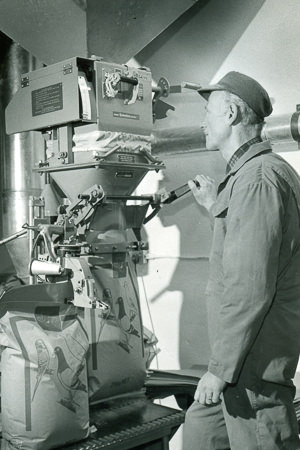




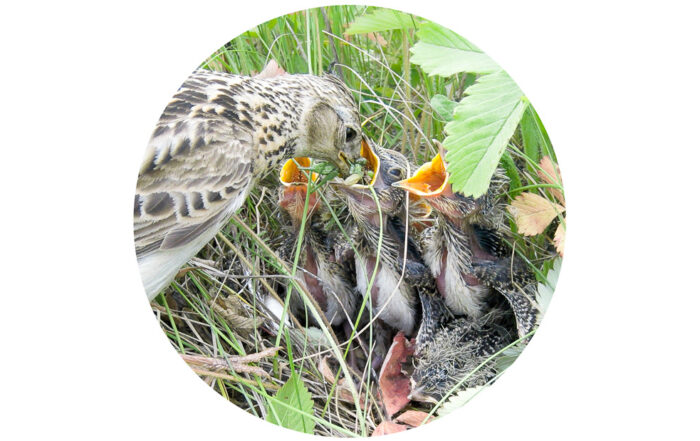
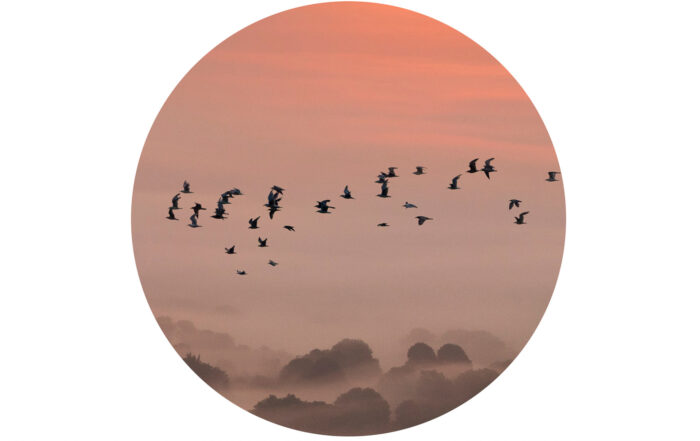
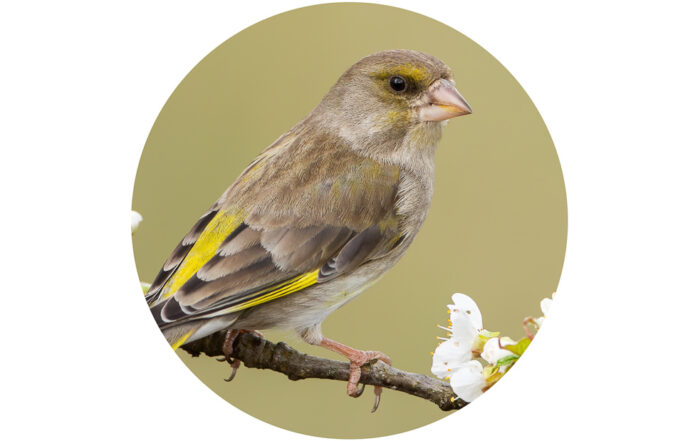
Leave A Comment